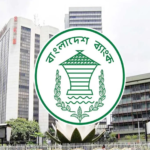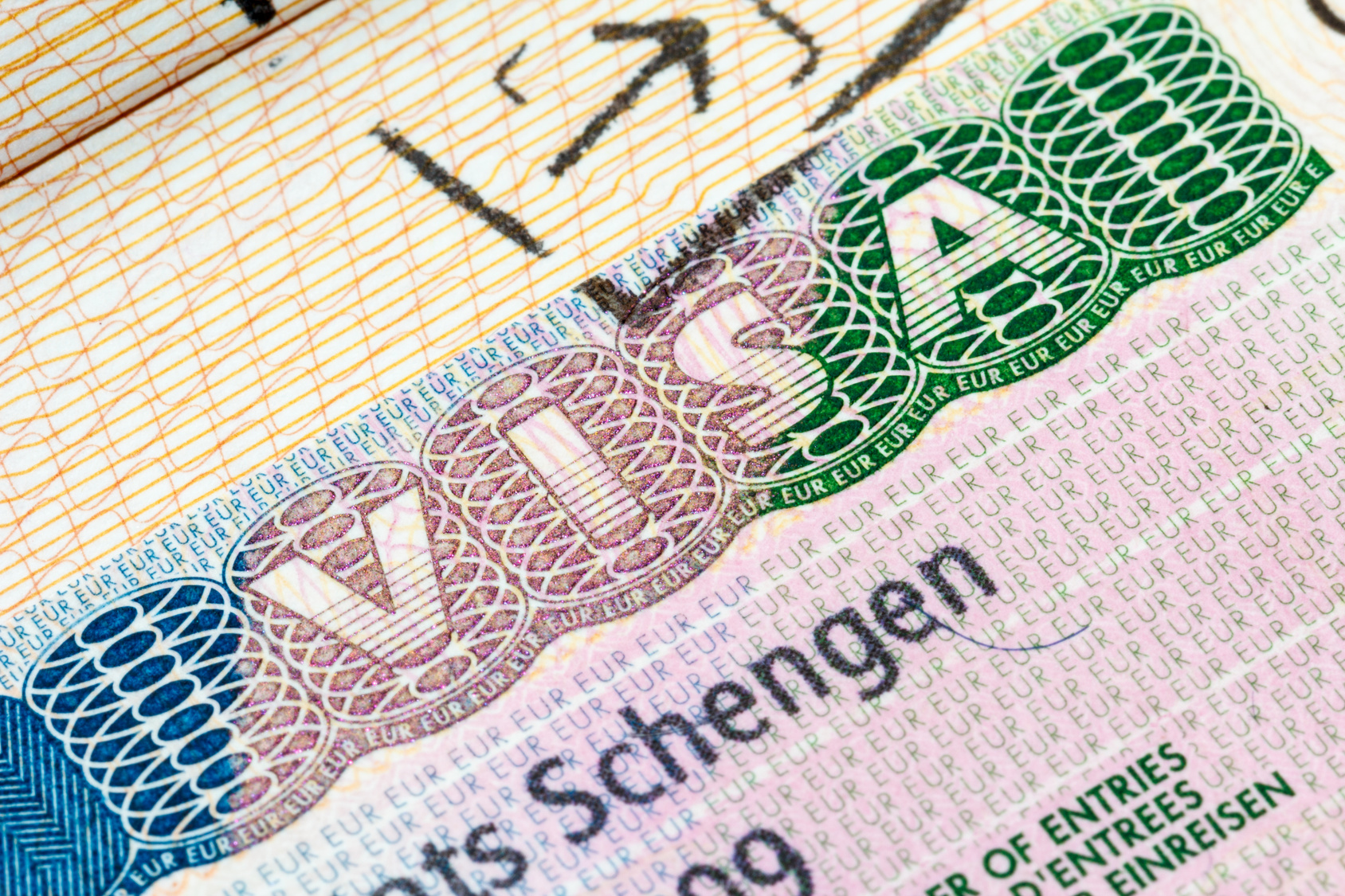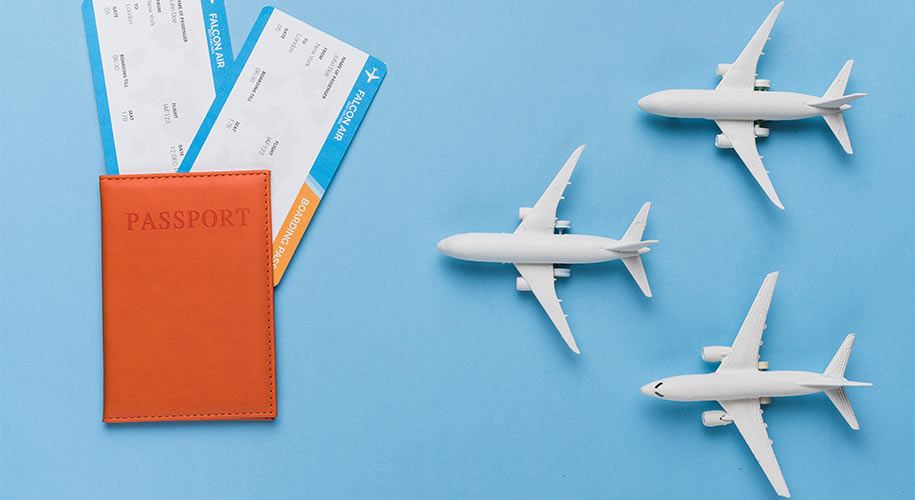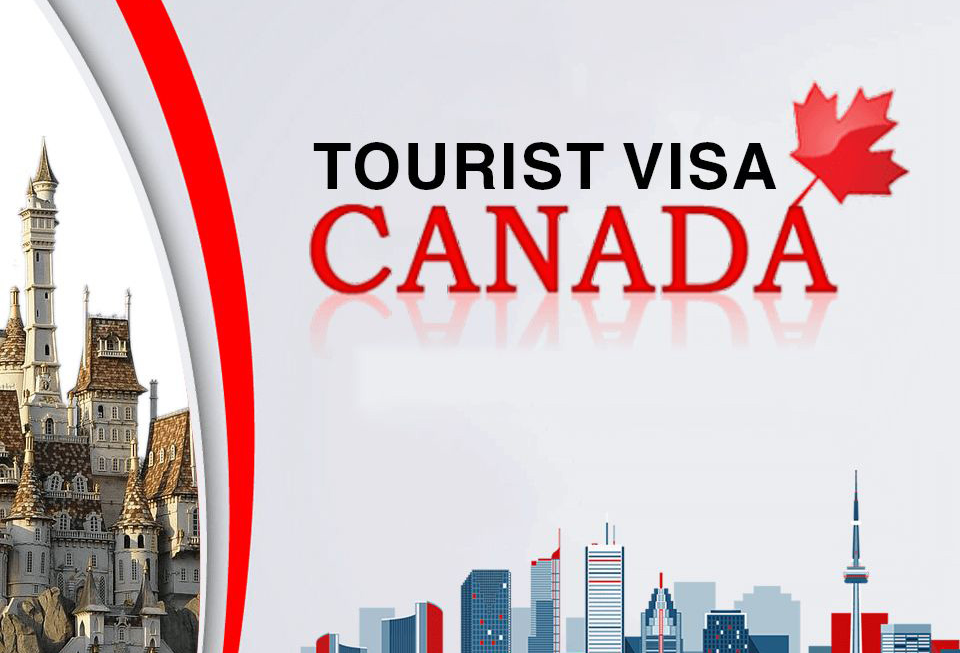About Schengen Visa
The Schengen visa is a short-stay visa that allows an individual to travel to any of the 26 European countries that are part of the Schengen Area. These countries have abolished passports and other types of border control at their mutual borders. This visa is primarily intended for tourism, business, or family visits. It grants the holder the ability to move freely within the Schengen Zone for up to 90 days within a 180-day period.
Schengen Area Member Countries
The Schengen Area comprises the following 26 countries:
- Austria
- Belgium
- Czech Republic
- Denmark
- Estonia
- Finland
- France
- Germany
- Greece
- Hungary
- Iceland
- Italy
- Latvia
- Lithuania
- Luxembourg
- Malta
- Netherlands
- Norway
- Poland
- Portugal
- Slovakia
- Slovenia
- Spain
- Sweden
- Switzerland
- Liechtenstein
Schengen Map
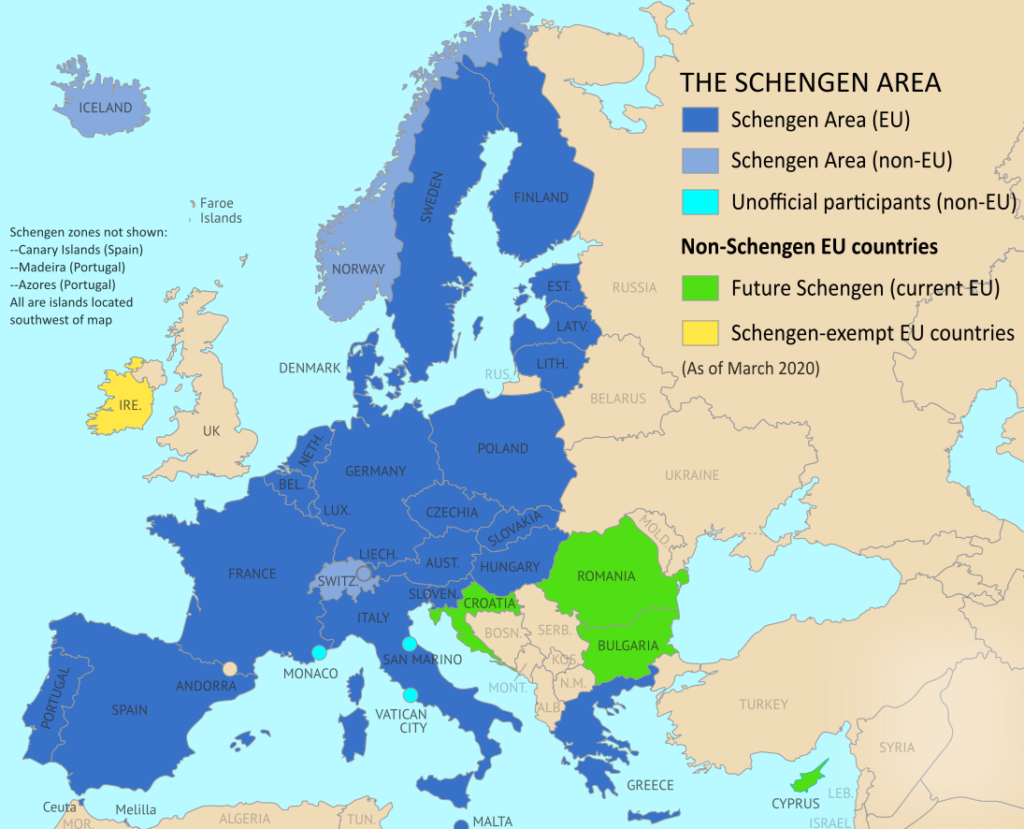
Types of Schengen Visas
There are several types of Schengen visas depending on the purpose of travel:
- Tourist Visa: For sightseeing, vacation, or visiting friends and family.
- Business Visa: For attending meetings, conferences, or other business activities.
- Student Visa: For short-term study programs.
- Cultural Visa: For attending cultural, sports, or religious events.
- Medical Visa: For seeking medical treatment in a Schengen country.
- Transit Visa: For transiting through the Schengen Area.
Schengen Visa Application Process from Bangladesh
Step 1: Determine the Type of Visa You Need
The first step is to determine the type of Schengen visa you require based on the purpose of your visit. Ensure you apply for the correct visa to avoid delays or denials.
Step 2: Choose the Embassy/Consulate to Apply
You must apply for the Schengen visa at the embassy or consulate of the country you plan to visit. If you intend to visit multiple countries, you should apply at the embassy or consulate of the country where you will spend the most time. If your time is equally divided, apply at the embassy or consulate of the country where you will first enter.
Step 3: Gather Required Documents
Prepare the following documents:
- Visa Application Form: Complete and sign the Schengen visa application form. This can often be done online.
- Passport: A valid passport with at least two blank pages and validity extending at least three months beyond the intended stay.
- Photographs: Two recent passport-sized photos.
- Travel Itinerary: Including flight reservations and travel plans.
- Proof of Accommodation: Hotel bookings or an invitation letter from your host.
- Travel Insurance: Medical insurance with a minimum coverage of €30,000.
- Proof of Financial Means: Bank statements, salary slips, or proof of income.
- Cover Letter: Explaining the purpose of the visit and the travel itinerary.
- Employment Documents: NOC (No Objection Certificate) from your employer, or proof of enrollment if you are a student.
- Additional Documents: Depending on the purpose of your visit, additional documents may be required (e.g., conference invitation, enrollment certificate, etc.).
Step 4: Schedule an Appointment
Schedule an appointment with the embassy or consulate of the Schengen country you are applying to. This can usually be done online through the embassy’s official website.
Step 5: Attend the Visa Interview
Attend the visa interview at the designated embassy or consulate. Be punctual and bring all the required documents. During the interview, be prepared to answer questions about your travel plans and reasons for visiting the Schengen Area.
Step 6: Pay the Visa Fee
Pay the non-refundable Schengen visa fee. The fee can vary depending on the type of visa and the applicant’s age. Typically, the fee is around €80 for adults and €40 for children between 6 and 12 years old. Some categories, like students or researchers, may be exempt from the fee or pay a reduced fee.
Step 7: Wait for Processing
After submitting your application and attending the interview, your application will be processed. Processing times can vary but generally take around 15 calendar days. In some cases, it might take longer, especially during peak travel seasons or if additional documents are required.
Step 8: Collect Your Passport
Once your visa is processed, you will be notified to collect your passport. If your visa is approved, it will be affixed to your passport. If denied, you will receive a letter explaining the reasons for denial and information on how to appeal the decision.
Important Tips for a Successful Application
- Apply Early: Apply at least three months before your planned trip to allow ample time for processing.
- Be Accurate: Ensure all information provided in the application form and documents is accurate and truthful.
- Complete Documentation: Submit a complete set of documents as per the checklist provided by the embassy.
- Proof of Ties to Bangladesh: Strong ties to your home country, such as employment, family, or property, can strengthen your application by demonstrating your intent to return.
Obtaining a Schengen visa from Bangladesh involves a detailed application process that requires careful preparation and attention to detail. By understanding the types of visas available, gathering the necessary documents, and following the correct application procedures, you can increase your chances of a successful application and enjoy your visit to the Schengen Area.
Frequently Asked Questions (FAQ) About Schengen Visa Application from Bangladesh
1. What is a Schengen Visa?
A Schengen visa is a short-stay visa that allows its holder to travel to any of the 26 countries within the Schengen Area for tourism, business, or family visits for up to 90 days within a 180-day period.
2. Which countries are in the Schengen Area?
The Schengen Area includes Austria, Belgium, Czech Republic, Denmark, Estonia, Finland, France, Germany, Greece, Hungary, Iceland, Italy, Latvia, Lithuania, Luxembourg, Malta, Netherlands, Norway, Poland, Portugal, Slovakia, Slovenia, Spain, Sweden, Switzerland, and Liechtenstein.
3. What types of Schengen visas are available?
- Tourist Visa: For sightseeing, vacations, or visiting friends and family.
- Business Visa: For attending meetings, conferences, or business activities.
- Student Visa: For short-term study programs.
- Cultural Visa: For attending cultural, sports, or religious events.
- Medical Visa: For seeking medical treatment.
- Transit Visa: For transiting through the Schengen Area.
4. How do I determine the correct embassy or consulate to apply to?
You should apply at the embassy or consulate of the country you plan to spend the most time in. If you plan to visit multiple countries and spend an equal amount of time in each, apply at the embassy or consulate of the country you will enter first.
5. What documents are required for a Schengen visa application?
- Completed visa application form
- Valid passport
- Two passport-sized photos
- Travel itinerary (flight reservations and travel plans)
- Proof of accommodation
- Travel insurance with a minimum coverage of €30,000
- Proof of financial means (bank statements, salary slips, etc.)
- Cover letter explaining the purpose of the visit
- Employment documents (NOC from employer) or proof of enrollment if a student
- Additional documents specific to the visa type (e.g., conference invitation, enrollment certificate)
6. How do I schedule an appointment for a Schengen visa?
Schedule an appointment online through the official website of the embassy or consulate of the Schengen country you are applying to.
7. What can I expect during the visa interview?
During the visa interview, you will be asked about your travel plans and reasons for visiting the Schengen Area. Ensure you bring all required documents and answer questions truthfully and accurately.
8. How much is the Schengen visa fee?
The standard fee is approximately €80 for adults and €40 for children between 6 and 12 years old. Certain categories, such as students or researchers, may be exempt from the fee or pay a reduced fee.
9. How long does it take to process a Schengen visa?
Processing times typically take around 15 calendar days but can take longer during peak travel seasons or if additional documents are required. Apply at least three months before your planned trip.
10. What should I do if my Schengen visa application is denied?
If your visa application is denied, you will receive a letter explaining the reasons for the denial and instructions on how to appeal the decision. Review the reasons carefully and provide any additional information or documentation requested in the appeal process.
11. Can I apply for a Schengen visa if I am unemployed?
Yes, you can apply for a Schengen visa if you are unemployed, but you will need to demonstrate that you have sufficient financial means to support yourself during your stay in the Schengen Area. This can be done through bank statements, sponsorship letters, or other proof of financial stability.
12. Is travel insurance mandatory for a Schengen visa?
Yes, travel insurance is mandatory for a Schengen visa application. The insurance must cover medical expenses and repatriation for at least €30,000 and be valid for the entire Schengen Area for the duration of your stay.
13. Can I travel to multiple Schengen countries with a single visa?
Yes, a Schengen visa allows you to travel freely within all the Schengen countries for the duration of your visa’s validity, up to 90 days within a 180-day period.
14. What if my passport expires soon after my planned trip?
Your passport must be valid for at least three months beyond the end of your planned stay in the Schengen Area. If your passport is close to expiring, you should renew it before applying for a Schengen visa.
15. Can I extend my Schengen visa while in the Schengen Area?
Extensions are rare and are only granted in exceptional circumstances such as force majeure, humanitarian reasons, or serious personal reasons. Generally, you should plan to leave the Schengen Area before your visa expires.


